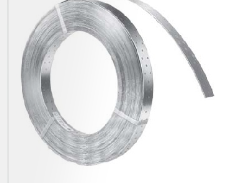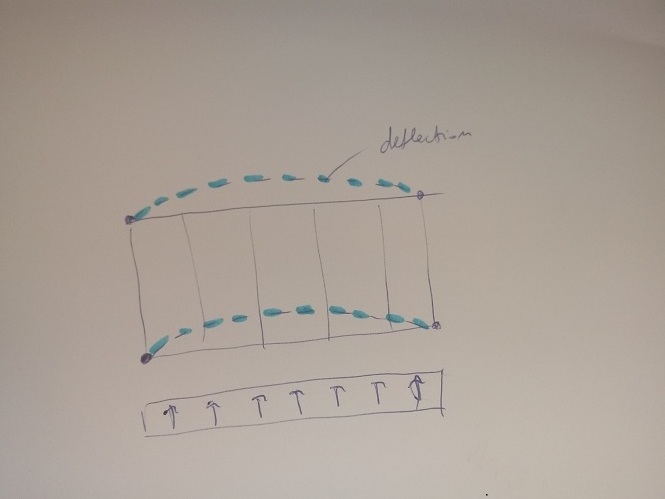mats12
Geotechnical
- Dec 17, 2016
- 181
Hello,I want to avoid horizontal deflection and biaxial bending of steel beams that supports timber rafters. I want to transfer all horizontal load from roof to supporst (longitudinal concrete wall).
I m not allowed to use timber sheating, so Im using steel tapes (I dont know a proper expression in English) which are fixed on every rafter they pass.
Supports are horizontal unmovable. Force is 4 kN per rafter.
How can I calculate tension forces in the steel tape (bracing)?



I m not allowed to use timber sheating, so Im using steel tapes (I dont know a proper expression in English) which are fixed on every rafter they pass.
Supports are horizontal unmovable. Force is 4 kN per rafter.
How can I calculate tension forces in the steel tape (bracing)?




